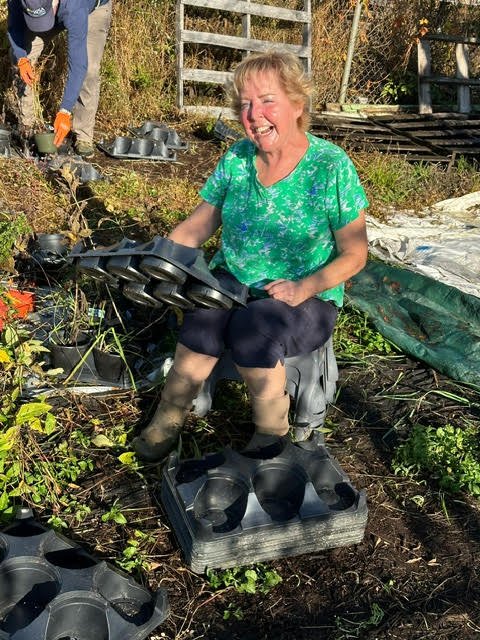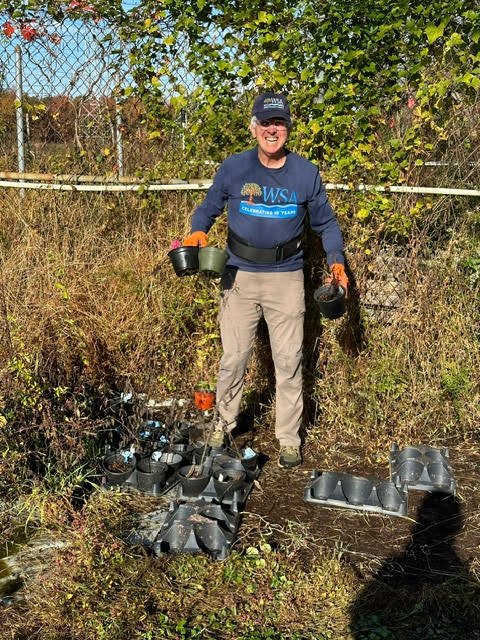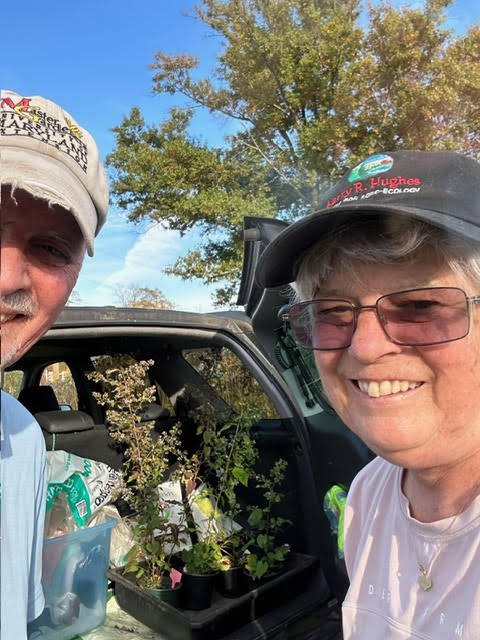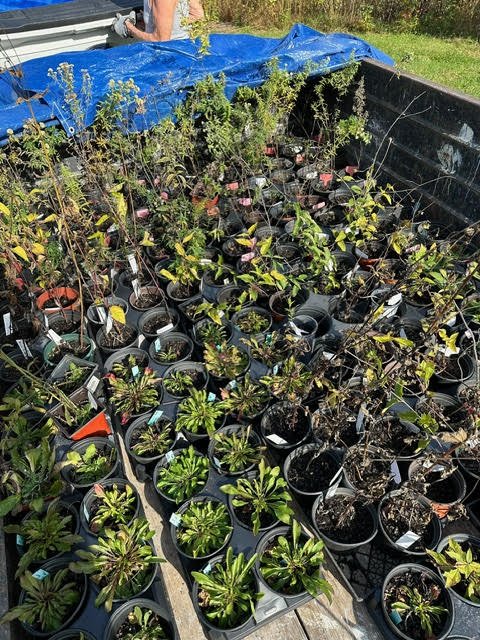Diversity is the key to life…
With the cooler weather comes the stunning fall foliage that transform our forests, gardens, and other natural areas into a rainbow of colors that we have all have grown to love and appreciate. The term “leaf peeping” has been coined to describe the act of going out in search of the most vibrant and outstanding fall colors to photograph or just admire in person.
Did you know that you can leaf peep right in your own yard to help you asses the amount of biodiversity you have in your plantings? Biodiverse landscapes are not only more attractive to wildlife such as birds and pollinators, but are also more resilient to diseases and pests. As the luscious greens of summer fade to the yellows, oranges, reds, purples, and browns of fall, you can quickly make a visual assessment of the amount of diversity in your plantings since in many cases the same species will eventually fade to a similar color. You can note the missing colors in your landscape and make a plan to augment with additional plantings during the next planting season.
Missing red in your landscape? Add a pin oak (Quercus palustris), black gum (Nyssa sylvatica), or serviceberry (Amelanchier sp.). Missing some orange? Add American persimmon (Diospyros virginiana), American hornbeam (Carpinus caroliniana), or staghorn sumac (Rhus typhina). Need more yellow in your landscape? Pawpaw (Asimina triloba), eastern redbud (Cercis canadensis), or willow oak (Quercus phellos) will all make your landscape GLOW. Craving a splash of purple? Plant an American beautyberry shrub (Callicarpa americana) and the birds (and probably your neighbors too) will flock to see the beautiful berries that hang on until well after leaf drop.
The good news is that WSA offers many of these trees through our Groves of Gratitude Program. You can order a collection of five trees or individual trees that include mulch and deer protection for a small donation. This program is a great way to create an explosion of color (and diversity!) on your property next fall, while also supporting a great cause! To learn more, click here.
So, get outside, enjoy this cool weather, and figure out which colors you’d like to add to your landscape by doing some leaf peeping in your own yard. That's my sugg-Jeff-tion!
- Jeffrey Popp, Director of Restoration





















